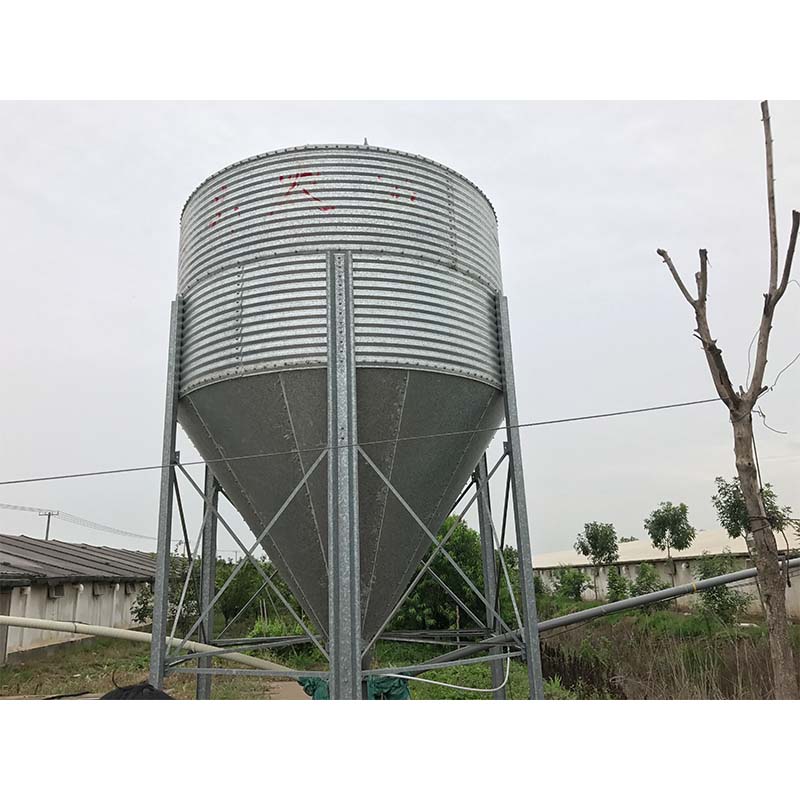chick brooding cage
Nov . 15, 2024 17:18 Back to list
chick brooding cage
The Importance of Chick Brooding Cages in Poultry Farming
Poultry farming has evolved significantly over the years, driven by innovations in technology and an increasing demand for efficient and ethical production methods. One area where this evolution is particularly evident is in the way young chicks are cared for during their critical early days of life. Chick brooding cages have emerged as a vital component in modern poultry farming, providing a controlled and safe environment for chicks to grow and thrive.
The Concept of Brooding
Brooding refers to the period when chicks are kept in a controlled environment after hatching until they are old enough to regulate their body temperature independently. For the first few weeks of life, chicks rely heavily on external heat sources to maintain their body temperature, as they are unable to regulate it themselves fully. Traditional brooding methods involved large, open areas, which could lead to problems such as draft, uneven heat distribution, and increased stress among the chicks.
The Benefits of Brooding Cages
Chick brooding cages offer several advantages over traditional brooding methods. First and foremost, these cages create a microenvironment where factors such as temperature, humidity, and ventilation can be meticulously controlled. This control is crucial since fluctuations in these conditions can lead to health issues, stress, and even mortality in chicks.
In addition to better temperature regulation, brooding cages provide a more secure environment for the chicks. With walls enclosing the space, the risk of outside predators is significantly reduced. This is particularly important for young chicks that are vulnerable and need a safe place to grow. Furthermore, cages can help in minimizing the spread of diseases. By confining groups of chicks, farmers can better monitor health and hygiene, reducing the likelihood of illness spreading through an entire flock.
Improved Management and Monitoring
chick brooding cage

Chick brooding cages also facilitate improved management and monitoring of the flock. Farmers can easily observe the behavior and health of chicks within these contained spaces. This observation is crucial for identifying issues such as pecking order dynamics, growth rates, and any signs of distress or illness. Quick intervention can then be enacted, helping to maintain flock health and optimize growth rates.
Moreover, the use of automated systems in brooding cages—such as feeding, watering, and heating systems—offers labor-saving benefits. Farmers can more efficiently utilize their time, focusing on other critical aspects of poultry management, while technology assists in meeting the chicks’ needs.
Addressing Welfare Concerns
In the context of animal welfare, brooding cages have garnered attention for their potential benefits. The ability to create a stable environment helps reduce the stress that young chicks might experience in less controlled conditions. Good management practices in brooding cages can ensure that chicks have everything they need, from adequate space and light to proper nutrition and socialization, thus improving their overall well-being.
However, it is crucial to strike the right balance. Overcrowding in brooding cages can lead to stress and competition for resources. Therefore, farmers must adhere to recommended stocking densities and design cages with appropriate space to ensure each chick can thrive.
Conclusion
In conclusion, chick brooding cages play a significant role in the success of poultry farming. They provide a controlled environment that promotes health, growth, and welfare among young chicks. With their ability to optimize conditions, improve management practices, and address welfare concerns, brooding cages represent a vital advancement in modern poultry farming. As the industry continues to grow and evolve, embracing such innovations will be key to meeting the challenges of feeding a burgeoning global population, while ensuring that animal welfare remains a priority. By investing in chick brooding cages, farmers not only boost productivity but also contribute to a more sustainable and ethical approach to poultry production.
-
Hot Sale 24 & 18 Door Rabbit Cages - Premium Breeding Solutions
NewsJul.25,2025
-
Automatic Feeding Line System Pan Feeder Nipple Drinker - Anping County Yize Metal Products Co., Ltd.
NewsJul.21,2025
-
Automatic Feeding Line System Pan Feeder Nipple Drinker - Anping County Yize Metal Products Co., Ltd.
NewsJul.21,2025
-
Automatic Feeding Line System - Anping Yize | Precision & Nipple
NewsJul.21,2025
-
Automatic Feeding Line System - Anping Yize | Precision & Nipple
NewsJul.21,2025
-
Automatic Feeding Line System-Anping County Yize Metal Products Co., Ltd.|Efficient Feed Distribution&Customized Animal Farming Solutions
NewsJul.21,2025






